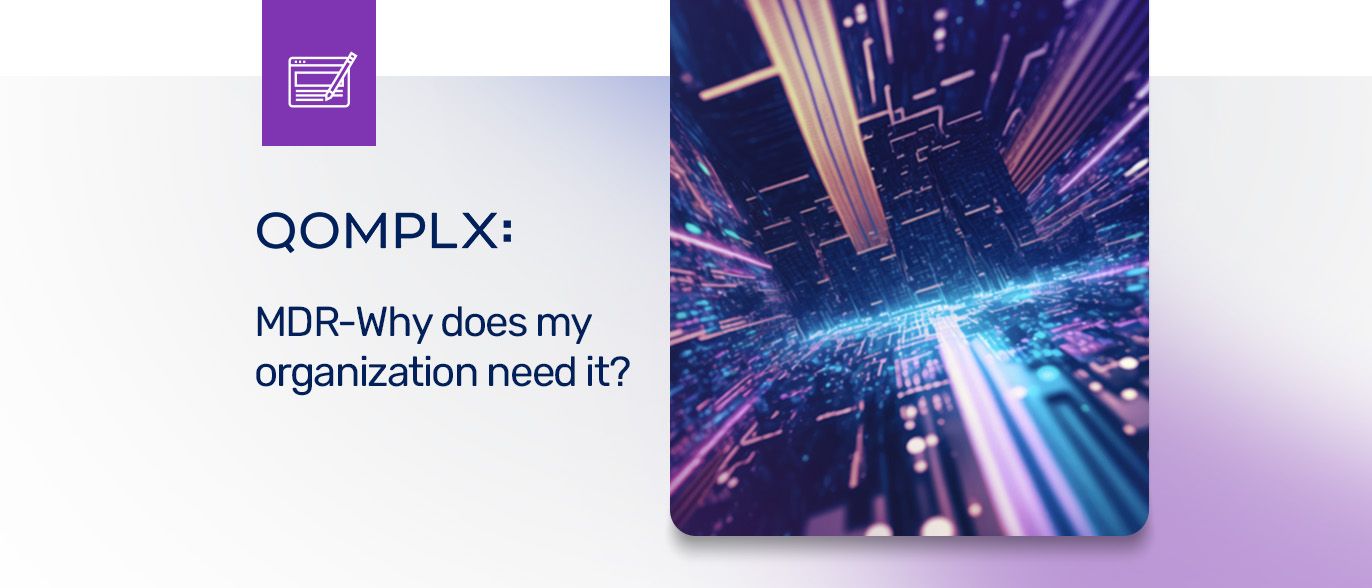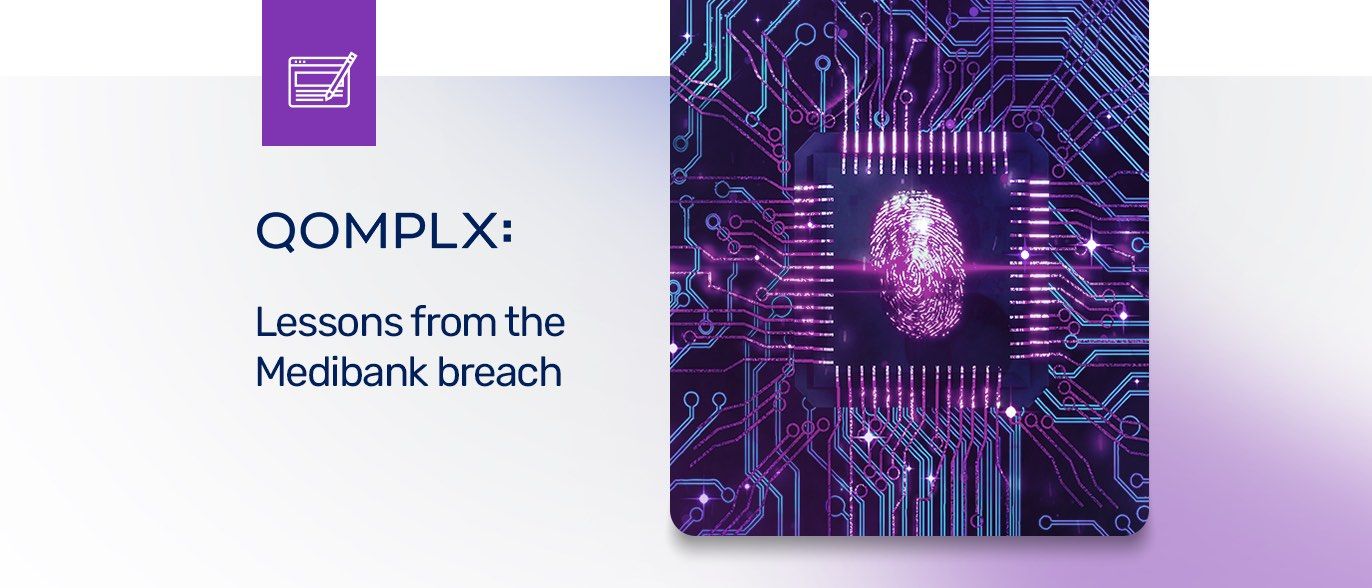If your house shows signs of neglect or disrepair, thieves target it. Broken windows, open doors, a lack of security system and poor lighting draw the attention of opportunistic criminals.
Similarly, in cyber, open ports, exposed services, improper configurations, a known history of breaches, poor IP address reputations and other signals indicate an easy target to cyber attackers. Recently, major data breaches and ransomware attacks occurred because of conditions that are easy to find and easy to fix—if you know where to look.
Q:SCAN checks whether your organization has compromised passwords, unpatched vulnerabilities, or exposures through your digital supply chain by analyzing:
- Breach and IP reputation databases
- Domains and subdomains
- DNS records
- Open ports
- Exposed services
- Configurations
- Indications of malware infection
- Other signals that make you an attractive target for a cyberattack—or suggest you’ve already been targeted.
How do we do it?
Q:SCAN is a SaaS-based cybersecurity solution that scans your internet-facing attack surface to identify and assess your external exposures. Using open source threat intelligence, Q:SCAN identifies key indicators of poor domain health such as misconfigured or missing email security settings, inadequate cryptography, exposed internet services, and other signs of poor security that make you an attractive target. Q:SCAN sees your security posture the way an attacker would, assigns a risk score, and gives you the information you need to close vulnerability gaps.
Q:SCAN complements existing security tools to fill in the gaps and give you a clear picture of your cyber-risk, giving you the information and confidence you need to take action and defend your network and reputation. Q:SCAN provides:
- Attack surface monitoring. Q:SCAN discovers, maps, monitors, and reports your global Internet-facing attack surface.
- Detailed risk exposure alerts. Q:SCAN alerts you on external exposures including data breach citations, presence on IP reputation lists, observed malware databases, externally observable vulnerabilities, and exposed ports.
- On-going reporting. Q:SCAN provides high-resolution risk assessment and trend visualization of your organization’s external security posture with the option to run reports on-demand, or on a schedule you choose.
- Granular access control management. Q:SCAN’s role-based access control (RBAC) secures access to configurations and scan data, and optionally integrates with your organization’s single-sign-on (SSO) system via SAML 2.0.
Organizations of all sizes can benefit from Q:SCAN. Robust enough to be used in large enterprises, but with the powerful risk assessment and reporting capabilities that smaller, resource-strapped organizations need, too. That is why, for a limited time only, QOMPLX is making Q:SCAN free for thirty days. And if you don’t agree that it’s an essential tool in your organization’s cybersecurity kit, the reports are free for you to keep!
Your free trial of Q:SCAN includes two free scans. You scan your enterprise’s external end-points and domains to get an initial score and detailed report that reveals how risky you appear to threat actors. After making fixes, you can run the scan a second time within 30 days to re-evaluate your risks and see how your score has changed. With a taste of how Q:SCAN enables you to rapidly improve your organization’s cyber security posture, we are confident you’ll see Q:SCAN as an indispensable component in your ongoing security stack.
Request your free Q:SCAN trial.





